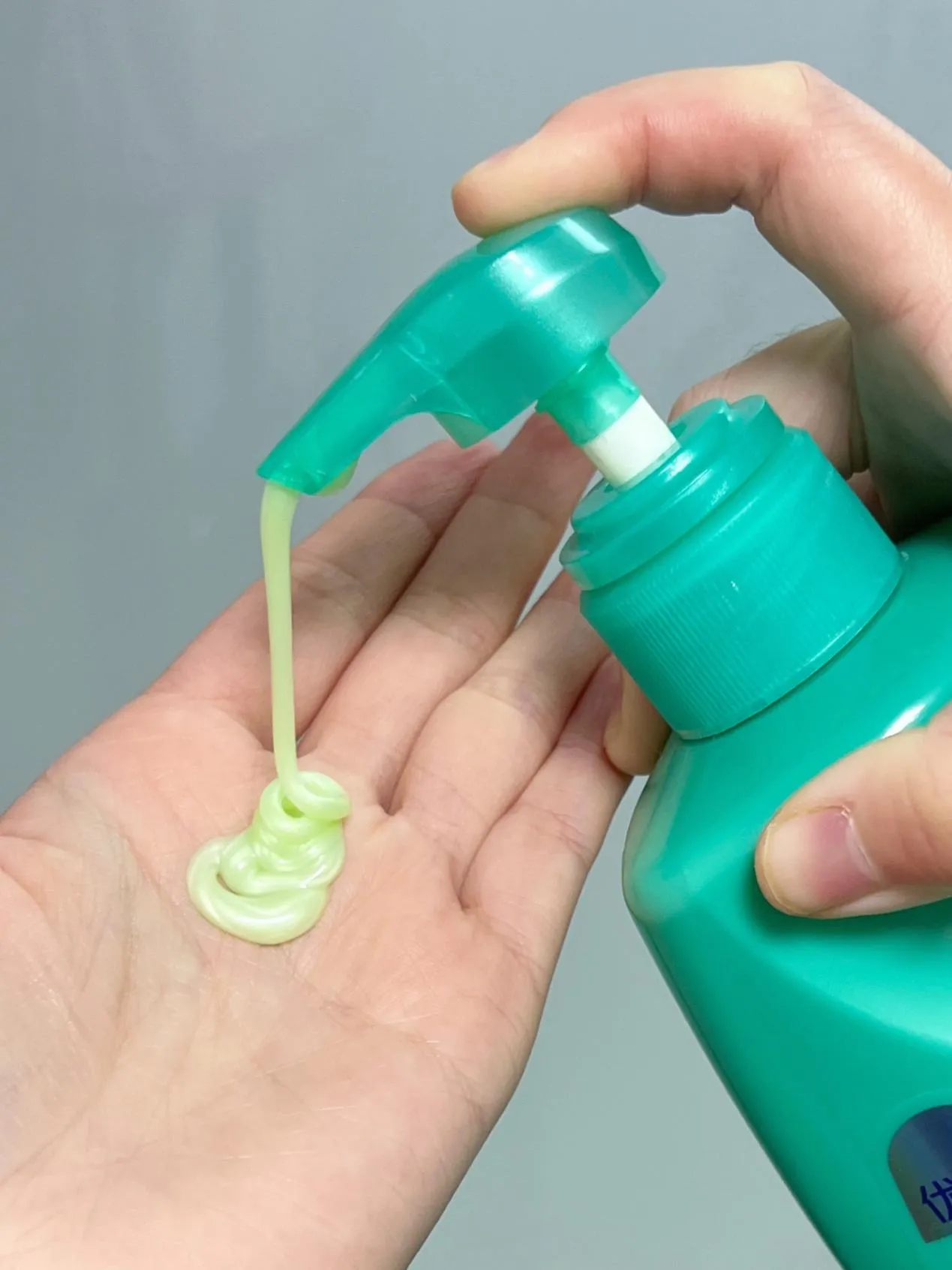
The Versatility of Hydroxypropyl Starch Phosphate: From Food to Skincare and Haircare
Hydroxypropyl starch phosphate is a modified starch derived from natural sources such as corn, potato, or pea starch.

Hydroxypropyl Starch Phosphate: An Overview of Its Properties and Applications
By adding hydroxypropyl and phosphate groups, the starch is transformed into a multi-functional ingredient used across various industries. Often labeled in food applications as hydroxypropyl distarch phosphate E1442, it enhances texture, stability, and shelf life in processed food.
One of the notable derivatives is hydroxypropyl pea starch, a plant-based alternative for gluten-free and clean-label formulations. As the demand for natural, biodegradable, and multifunctional ingredients rises, hydroxypropyl starch phosphate and related compounds are being used in skincare, haircare, pharmaceuticals, and even medical solutions such as pentastarch.
In food, hydroxypropyl starch food is valued for its resistance to heat, pH, and freeze-thaw cycles. It is commonly found in sauces, soups, and frozen meals where stable viscosity is essential. This makes it a trusted HPS (hydroxypropyl starch) solution, especially among health-conscious consumers and brands looking for reliable texture modifiers.

Hydroxypropyl Starch Phosphate in Skincare and Haircare
While food and pharmaceutical industries have long embraced hydroxypropyl starch phosphate, the beauty and personal care sectors are quickly catching up. Hydroxypropyl starch phosphate for skin is used in creams, lotions, and sunscreens to create a smooth, velvety texture. It acts as an emulsifier and stabilizer, offering a light skin feel that’s highly sought after in modern cosmetic formulations.
Another growing trend is the use of hydroxypropyl starch phosphate in skincare as a natural thickening agent and oil absorber. Its non-irritating, non-comedogenic properties make it ideal for sensitive and acne-prone skin. As the industry shifts toward more natural ingredients, sodium hydroxypropyl starch phosphate is becoming a common sight in product labels, especially in clean beauty brands.
When it comes to haircare, hydroxypropyl starch phosphate curly hair products are particularly popular. The compound helps manage frizz, improve curl retention, and reduce greasiness by absorbing excess sebum. In shampoos and conditioners, hydroxypropyl starch phosphate for hair not only enhances texture but also supports scalp health. Brands targeting curly and textured hair types increasingly rely on hydroxypropyl starch phosphate hair formulations to deliver definition and manageability without harsh chemicals.
Medical and Industrial Uses: From HES to HPS Company Innovations
The pharmaceutical industry leverages the power of modified starches in intravenous therapies and drug delivery systems. 6 hydroxyethyl starch, hydroxyethyl starch IV, 和 hydroxyethyl starch solution are examples of starch-derived compounds used to treat hypovolemia (low blood plasma volume). These fall under the broader category of hydroxyethyl starch HES, which includes formulations like hydroxyethyl starch 130 0.4, known for its precise molecular weight and substitution ratio.
Meanwhile, pentastarch, another starch-based plasma volume expander, offers different molecular structures to suit varied clinical needs. Although their use in medicine is carefully regulated, these derivatives showcase the adaptability of starch in critical applications.
Companies operating in this space—sometimes referred to as an HPS company—continue to innovate across food, pharma, and personal care. By developing high-purity, sustainable, and multifunctional hydroxypropyl starch derivatives, these firms respond to market demands for safer and more effective ingredients. The HPS label today symbolizes not just hydroxypropyl starch but also high-performance solutions.
Conclusion: The Future of Hydroxypropyl Starch Phosphate
Hydroxypropyl starch phosphate and its related compounds are increasingly becoming the backbone of innovation in food technology, personal care, and pharmaceuticals. From the clean-label demands in food to effective emulsifiers in skincare, from enhancing curl definition in haircare to critical medical applications like pentastarch, this class of ingredients delivers functionality and safety across the board.
With ongoing research and sustainable sourcing of raw materials like pea starch, the market for hydroxypropyl starch food and beauty applications continues to grow. Whether you’re formulating a vegan shampoo, a gluten-free sauce, or a pharmaceutical IV solution, hydroxypropyl starch phosphate offers a scientifically validated, consumer-friendly path forward.
FAQs About Hydroxypropyl Starch Phosphate and Its Applications
Q1: What is hydroxypropyl starch phosphate?
A: Hydroxypropyl starch phosphate is a modified starch used to enhance texture, stability, and moisture retention in food, skincare, and haircare products. It’s especially valued in clean-label and plant-based formulations.
Q2: Can hydroxypropyl starch phosphate be used in curly hair products?
A: Yes, hydroxypropyl starch phosphate for curly hair helps define curls, reduce frizz, and absorb excess oil. It’s widely used in hair products for its lightweight and non-greasy finish.
Q3: How do hydroxypropyl starch and hydroxyethyl starch differ?
A: Hydroxypropyl starch is mainly used in food and cosmetic applications, while hydroxyethyl starch (HES), including types like hydroxyethyl starch 130 0.4, is used in medical solutions such as IV treatments.
Q4: What is hydroxypropyl distarch phosphate E1442?
A: E1442 refers to hydroxypropyl distarch phosphate, a food-grade modified starch used for thickening and stabilizing processed foods like sauces, soups, and dairy products.
Q5: What is an HPS company?
A: An HPS company is a manufacturer or supplier that specializes in hydroxypropyl starch (HPS) and its derivatives for use in food, skincare, and pharmaceutical applications.
-
Hydroxypropyl Starch as a Sustainable Construction AdditiveNewsNov.24,2025
-
The Gelation Properties of CMCNewsNov.21,2025
-
Redispersible Latex Powder and Water Retention CapacityNewsNov.21,2025
-
Dosage Control for Polycarboxylate Water ReducerNewsNov.21,2025
-
Film-Forming Properties of Polyvinyl AlcoholNewsNov.21,2025
-
The Function of Gypsum Additives in MortarNewsNov.21,2025





















